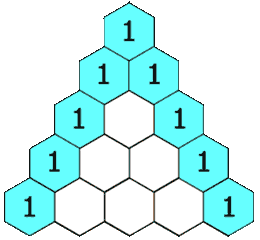https://leetcode.com/problems/compare-strings-by-frequency-of-the-smallest-character/
Let's define a function f(s) over a non-empty string s, which calculates the frequency of the smallest character in s. For example, if s = "dcce" then f(s) = 2 because the smallest character is "c" and its frequency is 2.
Now, given string arrays queries and words, return an integer array answer, where each answer[i] is the number of words such that f(queries[i]) < f(W), where W is a word in words.
Example 1:
Input: queries = ["cbd"], words = ["zaaaz"]
Output: [1]
Explanation: On the first query we have f("cbd") = 1, f("zaaaz") = 3 so f("cbd") < f("zaaaz").
